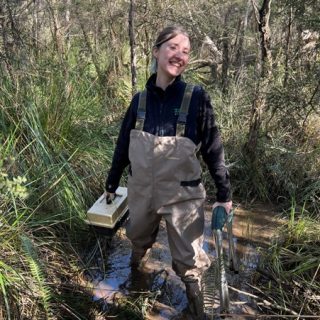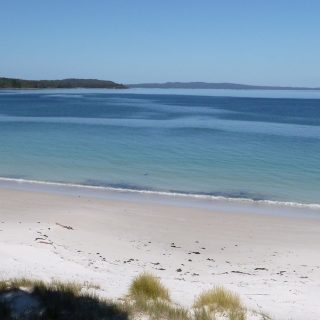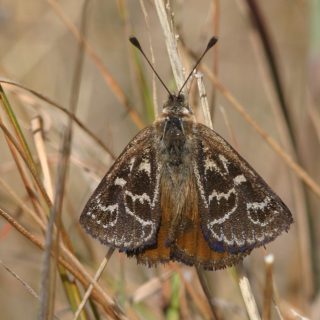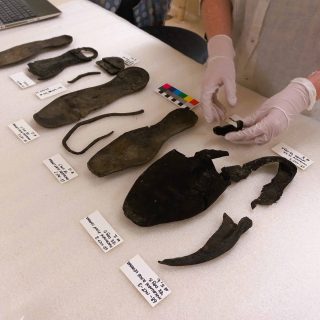Birds and Wind Turbines – Collision Risk Model
Birds and bats collide with aircraft and road traffic around the world and they also occasionally fly into structures, including tall buildings, lighthouses, communications masts and wind turbines. Whilst birds generally have excellent vision, species that fly in the open sky have evolved in an environment largely devoid of solid obstacles and their awareness seems to be principally centered on the ground below them and other birds around them. The eyesight of some species is not even well focused in a forward direction.
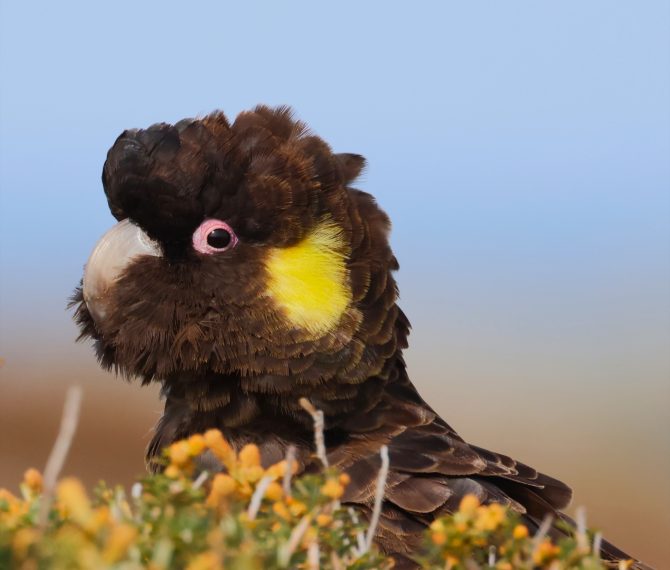
Due to development of wind energy in recent decades and the finding that birds sometimes collide with wind turbines, the wind energy industry and regulatory authorities have called for this risk to be quantified as an element of ecological impact assessments for new wind energy projects. Since 2003 Biosis has offered mathematical modelling of this risk as a specific component of wind farm impact assessments. The Biosis Collision Risk Model is the only such model developed in the southern hemisphere and has now been used for more than thirty wind energy projects in Australia. A technical paper describing the functions of the model was published in the March 2013 issue of the international journal Wildlife Society Bulletin.
The model is typically used for threatened or otherwise significant species of birds. Data required to run the model includes the frequency and heights of bird flights collected from the wind farm site. It is important that the data represents a good sample of seasonal and other variation in the birds' flight behavior.
The resulting estimates of long-term effects of a wind energy facility on key bird species are of obvious value, but equally useful is the capacity to assess the relative risks for different types of turbines or various turbine configurations in the project planning stage. Depending on the geographic spread of bird activity across a site, it is also feasible to assess relative risks within the site and design a turbine layout to minimise risk.
The Biosis model has significant advantages over other models of collision risk developed and in use internationally. Advantages include:
- Capacity to evaluate risk for multi-directional flights.
- Mathematical solution to a typical number of turbines that might be encountered in a given bird flight.
- Capacity to assess wind farm configurations ranging from the modern arrays of turbines scattered in the landscape to older style rows of turbines.
- Flexibility to deal differently with moving and stationary parts of turbines that pose more or less risk.
We also integrate estimates of the population of birds at risk with data for numbers of their flights to predict a number of individual birds that are at risk of collision.
The estimates provided by the Biosis Collision Risk Model have been evaluated against the longest running data for actual bird collisions at any wind farms in Australia. For more than ten years Wedge-tailed Eagles and White-bellied Sea-eagles have been assessed at two Tasmanian facilities and the average annual numbers of collisions by those birds are precisely as predicted by the model.
The Biosis Collision Risk Model is well tested, accurate and respected by Panels and ecologists alike. It can make the difference for any wind energy proposal.
Please contact Ian Smales, Principal Zoologist, via email ismales@biosis.com.au or mobile 0427 807 935 for further information and assistance with all enquiries about ecological impact assessments for wind energy.

